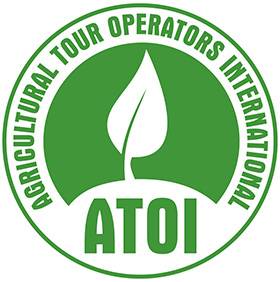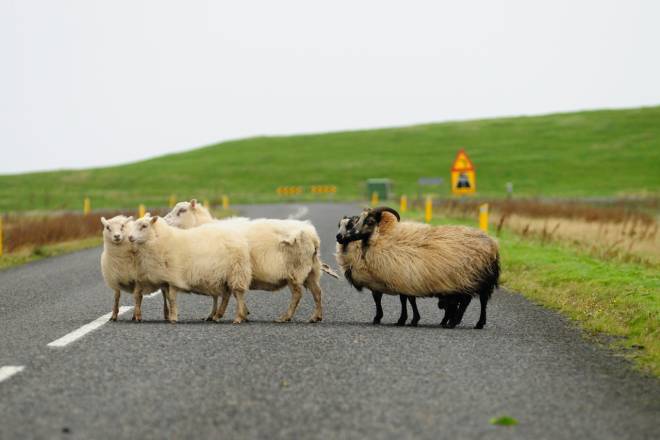Iceland
Our 103.000 km2 island in the middle of the North Atlantic ocean might suprise guests when it comes to agriculture as it has many areas along the coastline suitable for agriculture. In the highlands, the middle of our island you find areas that are desertlike and poorly vegetated (about 40%) and of course our glaciers (10%).
In numbers, our agriculture is 62% meat production, 30% horticulture and the other 8% is in related industries, tourism, service etc. Dairy and sheep production are the largest sectors. Pig, poultry, horticulture, potatoes, turnips, carrots, cabbage, kale, cauliflower and other outdoor vegetable production are also of great importance. Grass is the basis for meat and milk production and the countryside landscape reflects this in numerous ways as you travel through these agricultural areas.
Use of our volcanic energy, our warm water sources is also common to heat up greenhouses for cultivation of vegetables and flowers all year around. Fish farming is growing both in the ocean around us aswell as on land. Forestry is growing slowly with 2% of the country covered now with trees.
Síðumúli 2, 108 Reykjavík, Iceland


